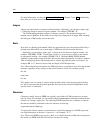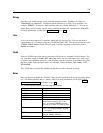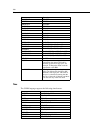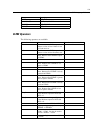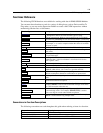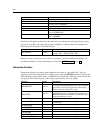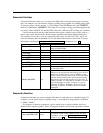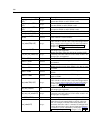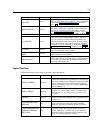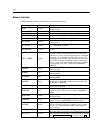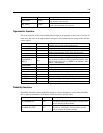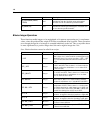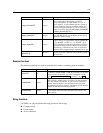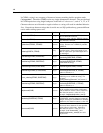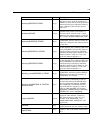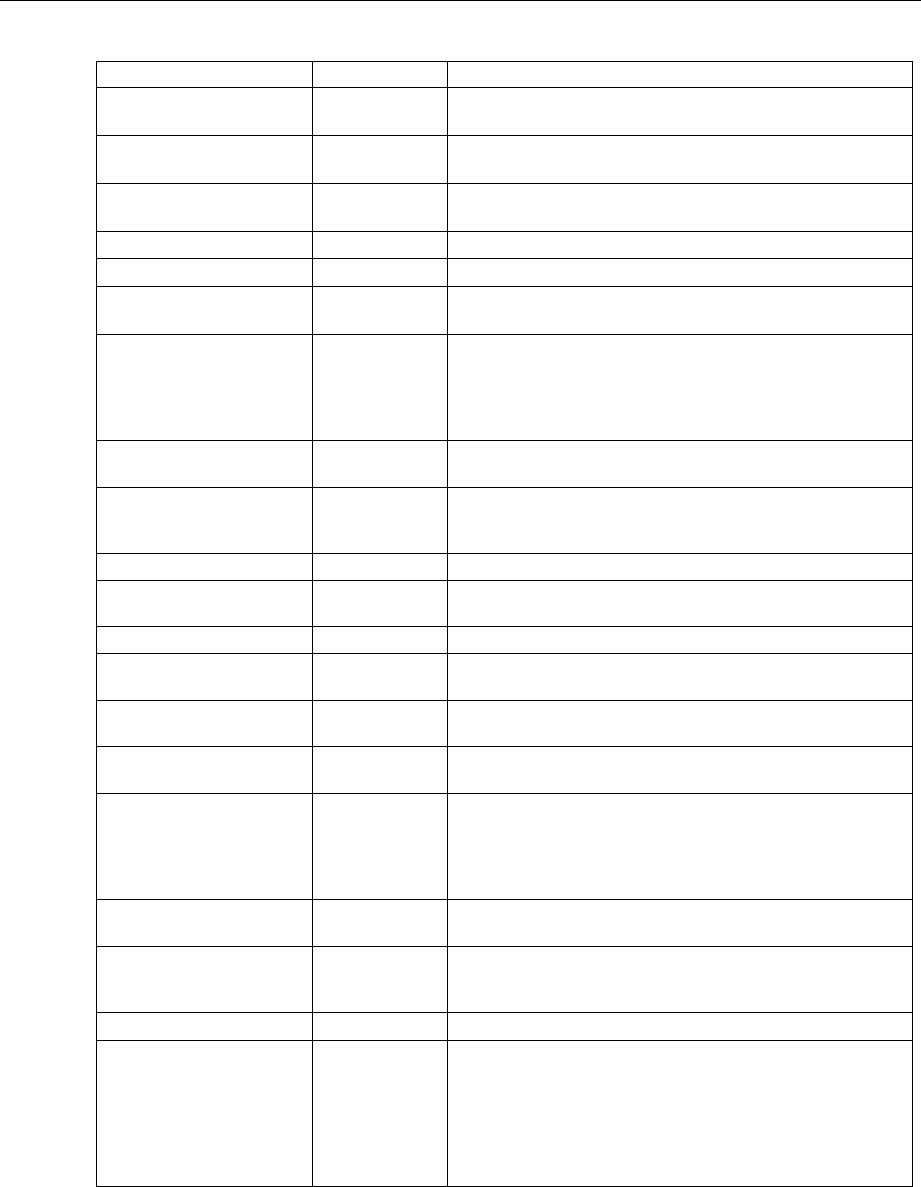
136
Chapter 8
Function
Result
Description
count_greater_than(ITEM1,
LIST)
Integer
Returns the number of values from a l i st of fields that are
greater than ITEM1 or null if ITEM1 is null.
count_less_than(ITEM1,
LIST)
Integer
Returns the number of values from a l i st of fields that are
less than ITEM1 or null if ITEM1 is null.
count_not_equal(ITEM1,
LIST)
Integer
Returns the number of values from a l i st of fields that are
not equal to ITEM1 or null if ITEM1 is null.
count_nulls(LIST)
Integer
Returns the number of null values from a list of fields.
count_non_nulls(LIST)
Integer
Returns the number of non-null values from a list of fields.
date_before(DATE1,
DATE2)
Boolean
Used to check the ordering of d at e values. Returns a true
value if DATE1 is before DATE2.
first_index(ITEM, LIST)
Integer
Returns the index of the first field containing ITEM from a
LIST of fields or 0 if the value is not found. Supported for
string, integer, and real types only. For more information,
see the topic Working with Multiple-Response Data in
Chapter 7 on p. 117.
first_non_null(LIST)
Any
Returns the first non-null value in the supplied list of fields.
All storage types supported.
first_non_null_index(LIST)
Integer
Returns the index of the first field in the specified LIST
containing a non-null value or 0 if all values are null. All
storage types are supported.
ITEM1 = ITEM2
Boolean
Returns true for records where ITEM1 is equal to ITEM2.
ITEM1 /= ITEM2
Boolean
Returns true if the two strings are not identical or 0 if they
are identical.
ITEM1 < ITEM2
Boolean
Returns true for records where ITEM1 is less than ITEM2.
ITEM1 <= ITEM2
Boolean
Returns true for records where ITEM1 is less than or equal
to ITEM2.
ITEM1 > ITEM2
Boolean
Returns true f or records where ITEM1 is g reater than
ITEM2.
ITEM1 >= ITEM2
Boolean
Returns true for records where ITEM1 is greater than or
equal to ITEM2.
last_index(ITEM, LIST)
Integer
Returns the index of the last field containing ITEM from a
LIST of fie
lds or 0 if the value is not found. Supported for
string, integer, and real types only. For more information,
see the topic Working with Multiple-Response Data in
Chapter
7 on p. 117.
last_non_null(LIST)
Any
Returns the last non-null value in the supplied list of fields.
All storage types supported.
last_non_null_index(LIST)
Integer
Returns the index of the last field in the specified LIST
containing a non-null value or 0 if all values are null. All
storage types are supported.
max(ITEM1, ITEM2)
Any
Returns the greater of the two items—ITEM1 or ITEM2.
max_index(LIST)
Integer
Returns the index of the field containing the maximum
value from a list of numeric fields or 0 if all v al ues are
null. For example, if the third field listed contains the
maximum, the index value 3 is returned. If multiple fields
contain the maximum value, the one listed first (leftmost)
is returned. Fo r more information, see the topic Working
with Multiple-Response Data in Chapter 7 on p. 117.



